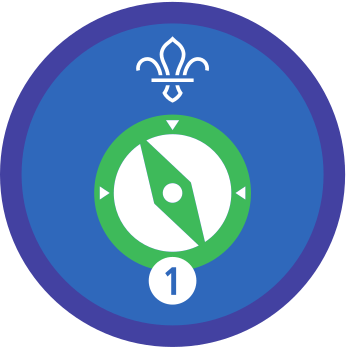The cartographer’s creation
You’ll need
- A4 paper
- Coloured pens or pencils
- Sticky dots
- Maps of your local area
Before you begin
- Think about the size of the map you need. Depending on your local area, some people might travel a longer way to get to your meeting place, so they might not know the local area as well.
- Try to make sure everyone can find their home (or other places they visit a lot) on the map. For some people, this might mean having different maps available, for example, for people who live in different villages.
Plan your map
- Give everyone a copy of the map of their local area.
- Everyone should circle a few important places, for example, their current location (probably their meeting place), their home or school, other places they visit often, or other important places in their area.
- Everyone should choose one of the places they’ve circled to be their destination. This is the place their map will direct people to.
Make your map
- Everyone should draw the main streets and places in their area onto a sheet of paper. They need to include their meeting place, and their destination.
- Now everyone has the basic details sorted, they should draw a route from their meeting place to the place of interest. They should think about any details they might need to add to help people follow their map.
- Once their route is finished, everyone should use coloured dots to mark their other important places (or places they visit often) on their map.
- Everyone should share their maps with each other. What’s the same? What’s different?
Reflection
This activity helped you remember that you’re a local citizen. What do you know about your local area and the place where you live? Do you think it’s important that citizens know about the places around them? How can citizens help other people, for example, people who might be new to the area?
This activity also helped you to communicate. Did your map communicate all of the information people would need to find their way? How did you decide what information to include? Was it difficult to communicate on paper, rather than talking? Was it easy to understand other people’s maps? What important things do we need on maps when we navigate?
Safety
All activities must be safely managed. You must complete a thorough risk assessment and take appropriate steps to reduce risk. Use the safety checklist to help you plan and risk assess your activity. Always get approval for the activity, and have suitable supervision and an InTouch process.
You could add a memory challenge to this game, if everyone tries to draw their map without looking at a map of the area. They could then compare their creations with a printed map.
Make it accessible
All Scout activities should be inclusive and accessible.
Use your maps to go on a walk around your local area. Not only will this put the maps to the test, it will mean everyone achieves requirement four of the Cub Local Knowledge Activity Badge.
